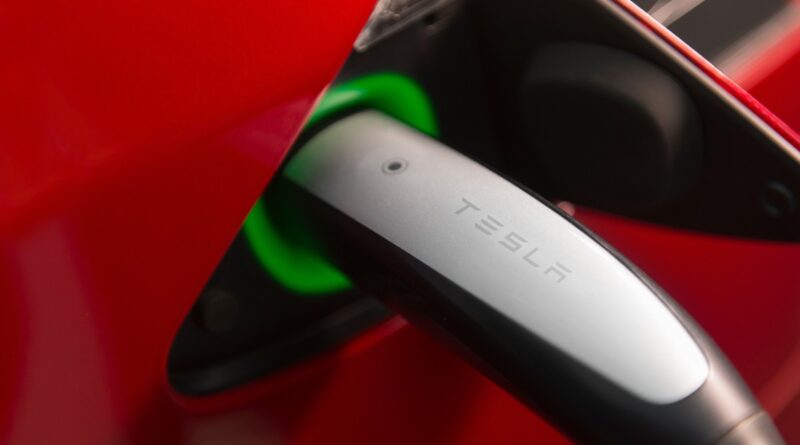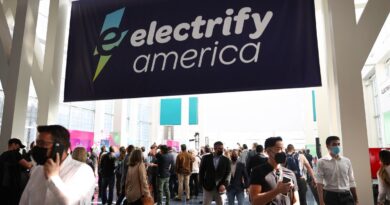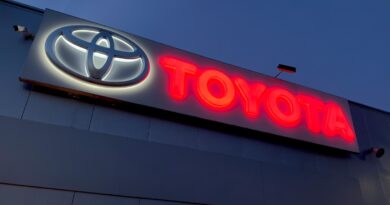Why automakers are rushing to adopt Tesla’s NACS plug and what it means to drivers
How did the North American electric vehicle market finally decide on a charging port?
Gradually, then suddenly, to paraphrase Ernest Hemingway.
The war isn’t over yet, but with Electrify America announcing this week that it would add Tesla’s North American Charging Standard (NACS) plugs, it’s close. Electrify America’s decision is particularly important because it’s both the largest non-Tesla, fast-charging network and because it’s owned by Volkswagen, a notable holdout.
The shift in momentum was particularly swift. In late 2021, when the government mandated that EV chargers be equipped with CCS to receive federal money, it seemed like Tesla’s NACS was living on borrowed time. The automaker already sells EVs in Europe with an EU-mandated connector that’s similar to North America’s CCS, so it wasn’t such a leap to imagine a similar thing happening in the U.S.
But then Tesla cut a slew of deals with competitors. The first of them breathed new life into NACS, and then subsequent deals tipped it toward becoming the de facto standard.
Over the last month or so, Ford, GM, Rivian, Volvo and Polestar have all said they’d switch to NACS. That leaves Volkswagen, Hyundai, Stellantis, Lucid, Toyota and Nissan. (There are others, but those are the bigger players in the EV space.)
Of that group, several are likely to announce a switch to NACS soon. Volkswagen, Hyundai and Stellantis have all said they’re in talks with Tesla. Lucid is a bit of a wild card since there’s some bad blood between its CEO, Peter Rawlinson, and Tesla CEO Elon Musk. Toyota’s EV strategy is so far behind that the choice of fast-charging ports is barely an issue. And Nissan, well, who knows about Nissan — the company still sells cars with CHAdeMO ports long after everyone else gave up on them.
Also this week, SAE International, an automotive standards body, said it would expedite work to develop an industry standard around NACS, a move that should assuage other companies that were wary of letting a competitor control a key part of the EV experience.
For EV owners and observers, the tidal wave of support for NACS raises a number of questions. What will happen to EVs that don’t have NACS? What’s driving the change? Is this a good move for consumers? Who wins? And perhaps more importantly, who loses?
What does it mean for current non-Tesla owners?
Hundreds of thousands of EVs equipped with CCS are on the road today — and potentially millions more before automakers make the switch. For those owners, these can feel like uncertain times.
Why automakers are rushing to adopt Tesla’s NACS plug and what it means to drivers by Tim De Chant originally published on TechCrunch





